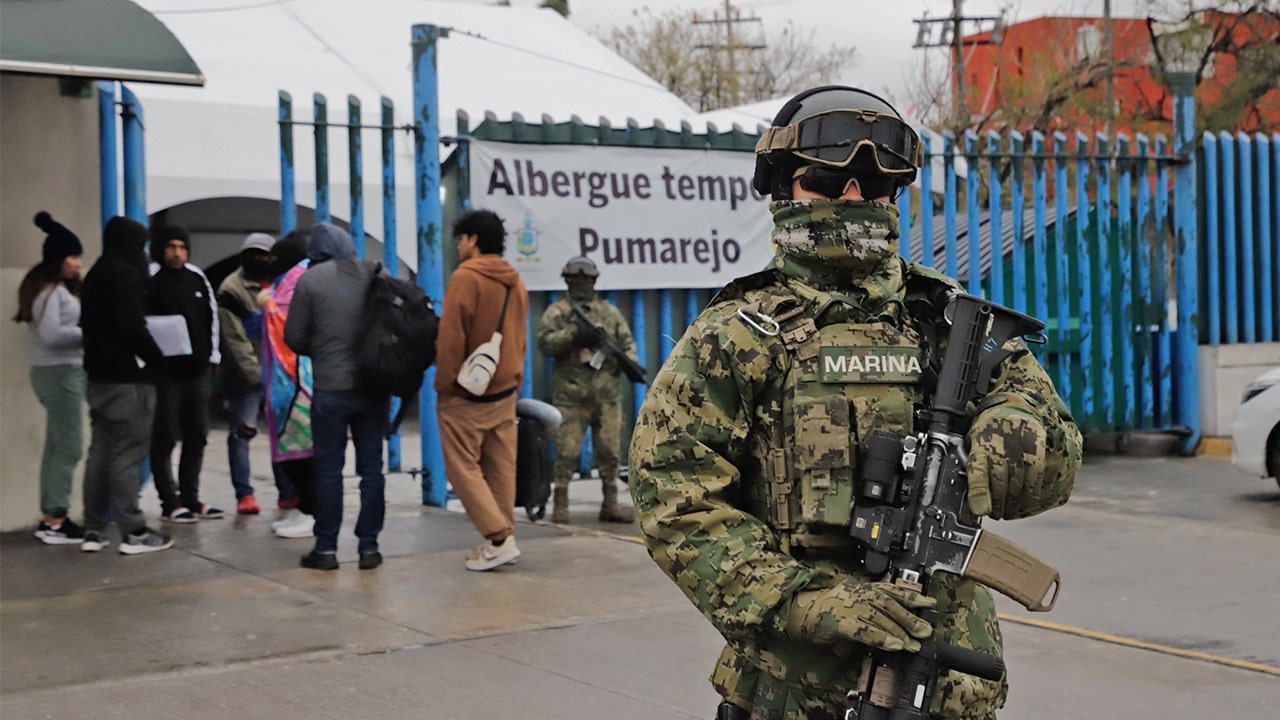KUALA LUMPUR - The Malaysian government is looking to build a light rail transit (LRT) or a tram-bus network in Johor Bahru and surrounding districts, in a move to ease congestion once the Johor Bahru-Singapore Rapid Transit System (RTS) Link from Woodlands is completed. This will also improve Johor state capital’s public transport links for its residents, visitors and workers.
The federal government plans to invite the private sector to submit their proposals within the next four months on how either of the networks would be built, Johor’s state executive councillor for works, transportation and infrastructure Mohamad Fazli Mohamad Salleh told The Straits Times.
“The timeline given to us by the government for initiation of the Request for Proposal exercise is the second quarter of this year,” he said.
This will help to evaluate the feasibility of two projects – LRT and an elevated, driverless tram-bus system called the autonomous rapid transit (ART) that runs on virtual tracks across bridges and viaducts. The two networks could cost around RM7 billion (S$2.1 billion) and RM20 billion, respectively, he noted.
The ensuing project could be funded privately in full, or be a government-private sector collaboration, said Mr Fazli.
If the LRT line is built in southern Johor state, it would be the third LRT line in Malaysia, after the Klang Valley region around Kuala Lumpur, and the Penang LRT system which launched its groundbreaking ceremony in January.
“Although the federal government has agreed with our proposal on the ART system, there is also a possibility of building a LRT depending on the companies’ proposals,” Mr Fazli said.
“The idea is to complete it in two years to closely align with the completion of the RTS Link to ease congestion at Bukit Chagar station,” he added.
The Ministry of Transport in Putrajaya, which oversees state transportation projects, did not respond to ST’s queries.
The ambitious LRT and ART plans are being laid out as officials eagerly await the RTS Link that will join Woodlands North MRT station in Singapore to the Johor Bahru station in Bukit Chagar. The 4-km cross-border rail shuttle service is expected to be completed by the end of 2026.
The RTS Link will have a capacity of 10,000 passengers per hour in one direction, and an expected ridership of about 40,000 passengers per day upon opening. The Woodlands North MRT station is also the northern terminus of the Thomson–East Coast Line.
Still, it remains unclear whether the proposed LRT or ART network could be completed on time, in line with the RTS Link.
Mr Wan Agyl Wan Hassan, founder of transportation think-tank My Mobility Vision, said either network would be a useful dispersal system for the RTS Link so that people can commute quickly to and from their homes and workplaces in Johor and Singapore.
“When large numbers of daily commuters start arriving at Bukit Chagar, the question is: How do we keep them moving efficiently to different parts of Johor Bahru? Simply relying on private vehicles or taxis could cause new traffic snarls, especially around the station area,” he said.
“Regions that have successfully implemented cross-border rail services, such as Denmark and Sweden around the Oresund region, typically invested in strong feeder systems to ensure passengers can reach their ultimate destinations hassle-free.”
However, Mr Wan Agyl said much needs to be done to inculcate a mindset of using public transport among Malaysians, as most are reliant on personal vehicles for daily commutes.
The RTS Link should also alleviate the pressure on vehicles using the two land links between Johor and Singapore: the Causeway and Tuas Link.
The Johor-Singapore Causeway is one of the world’s busiest land crossings. As at March 2024, an average of 430,000 to 450,000 people used it daily, based on data from Johor Immigration. The figure has exceeded the 400,000 average recorded in 2019, prior to the pandemic.
The proposed Wadi Hana ART station, located less than 300 meters away, will be connected to the RTS Link by an overhead bridge that will lead passengers to three key areas – Iskandar Puteri, Tebrau and Skudai, said Mr Fazli.
Building an LRT network linking Johor Bahru to the Iskandar Puteri township near the Tuas Link and other districts in the state would be a boon for development of the Johor-Singapore Special Economic Zone (JS-SEZ), he added.
The much-awaited agreement on the JS-SEZ was signed by leaders from both countries on
Jan 6
.
Associate Professor Walter
Theseira
, a transport economist from the
Singapore University of Social Sciences
, said Johor needs to accommodate a more integrated public transport system, noting the heavily congested roads and narrow streets.
Johor currently has two public bus providers plying limited routes in the state.
He added that most townships in Johor are not transit-oriented developments, with homes, business and leisure space not built within walking distances of public transport.
“Houses are mostly low-rise which are designed for people to have their own vehicles, so potentially, the number of people who walk to a public transport station will not be very high,” he said.
“So It’s not as simple as just building it (a LRT or ART link to the RTS), it’s actually a question of whether you want to build a neighbourhood to be transit-oriented, otherwise, it will end up being a white elephant because people will want to drive their own vehicle.”
- Zunaira Saieed is a Malaysia correspondent at The Straits Times covering the business beat with occasional forays into political coverage.
Join ST's Telegram channel and get the latest breaking news delivered to you.

 By The Straits Times | Created at 2025-02-02 03:05:38 | Updated at 2025-02-02 05:53:22
2 hours ago
By The Straits Times | Created at 2025-02-02 03:05:38 | Updated at 2025-02-02 05:53:22
2 hours ago








